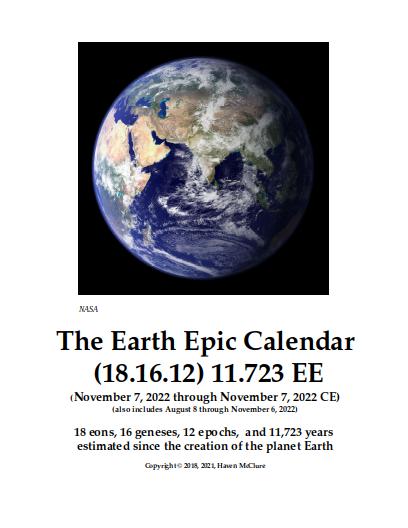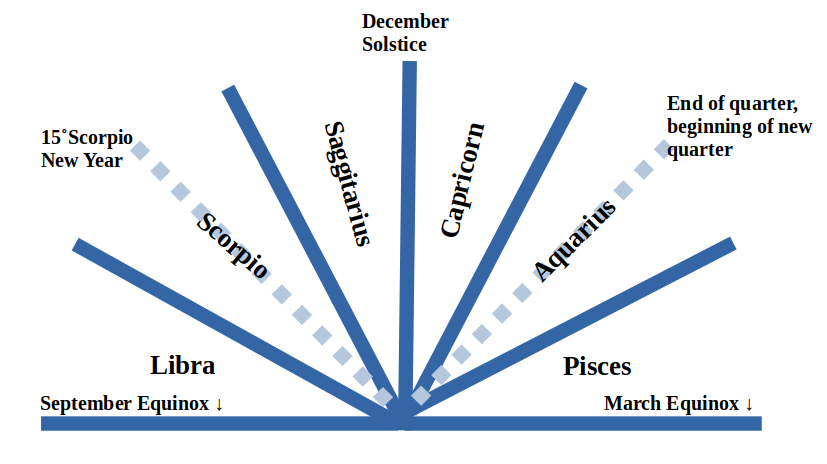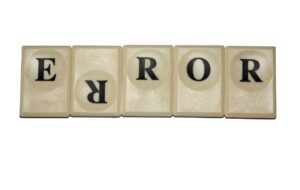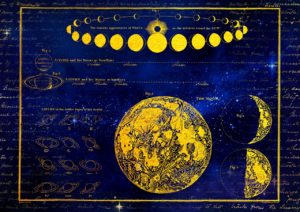Earth Epic Calendar 11.724 available for purchase
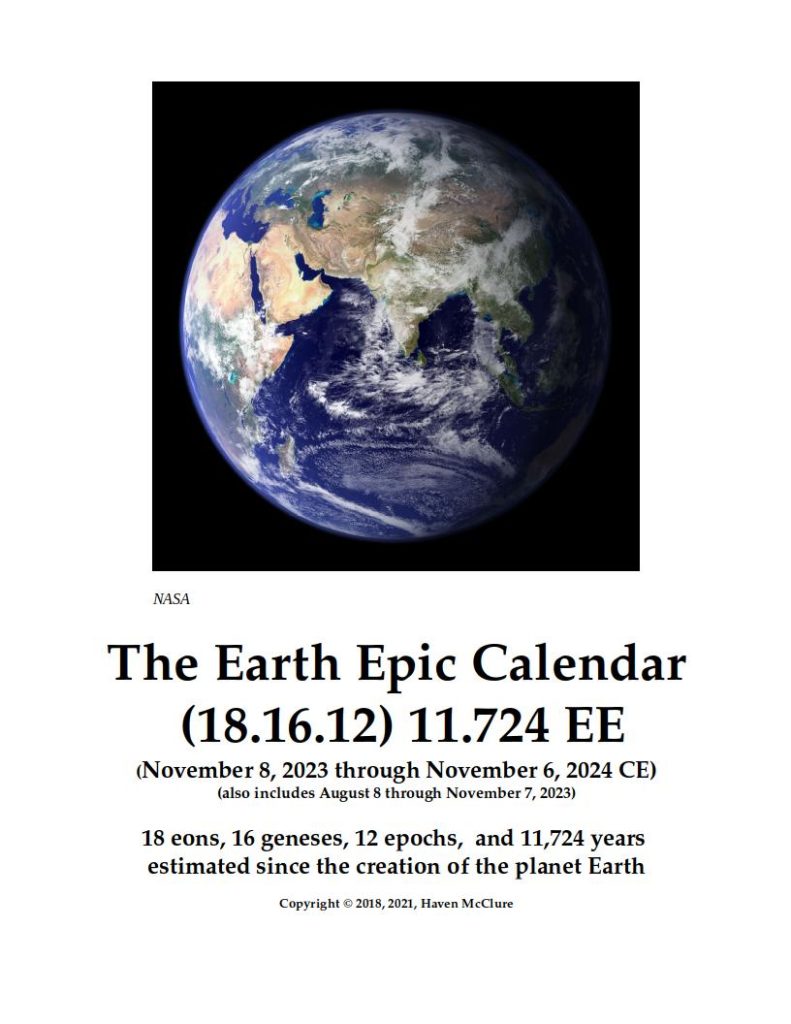
The Earth Epic Calendar for 11.724 is now available for purchasing and downloading. A Google Calendar URL is also available for free. I have also updated and improved the view of the current Earth Epic Calendar on this website.
There are no changes in the structure of the calendar. I did change the way I frame the reason for naming the quarters. Southlight and Northlight are still based on the position of the earth at the Southern Equinox (Winter Equinox in the Northern Hemisphere and Summer Equinox in the Southern Hemisphere). Rather than justify the names of Eastlight and Westlight (timed around the Northward and Southward Equinoxes respectively) by relying on a metaphor, I made a different explanation that’s more straightforward.
North, South, East and West are always relative directions. Essentially, we assign one direction as “north” and the Those directions are based the location of the North and South Poles on Earth. On other planets, astronomers label north and south based on the poles of those planets,. Accordingly, the north and south poles for Uranus point in radically different directions from that of Earth. In looking at the Solar System, north and south are split by the planetary plane in which the eight inner planets travel on. It would be hard to define east and west, because we are in three dimensional space and thus we would essentially have six principal directions rather than four. Astrologers have mapped the planetary plane of the solar system using the zodiac.
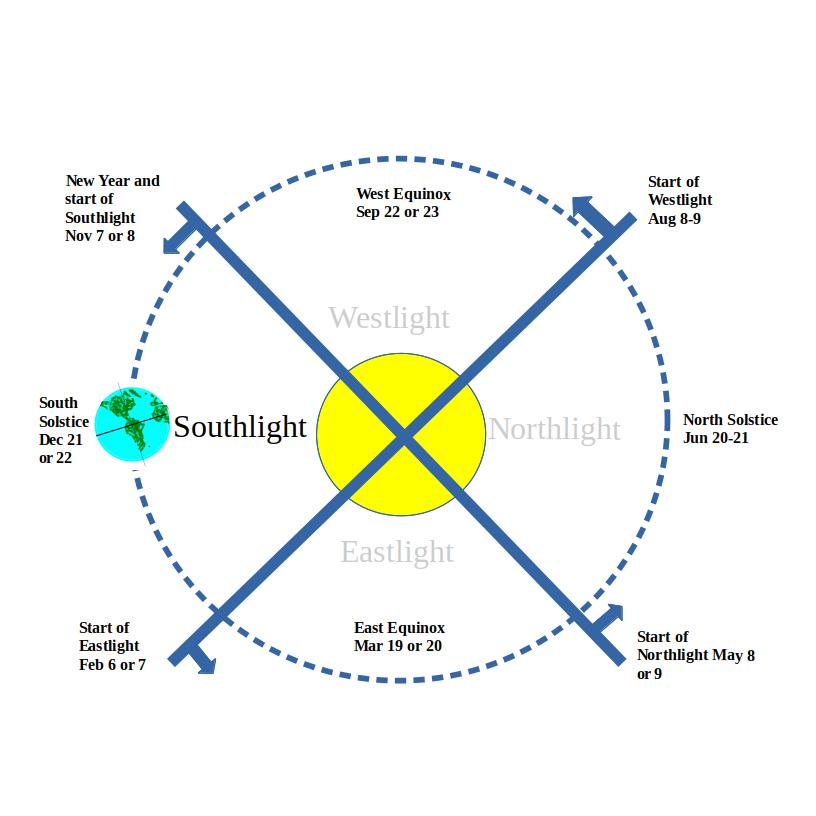
But if we look at the orbit of the Earth as a circle, we could plot “north” anywhere along the circle, and then plot “south” “east” and “west” accordingly. In this case, the Earth Epic Calendar’s “north” in Earth’s orbit is its location on the day Earth has its Northern Solstice, and “south” is when the Earth is in its orbit on the day of its Southern Solstice. From there we can plot East and West. The Earth’s orbit is somewhat elliptical but North and South would still be the exact opposite locations relative to the Sun as would East and West.
In the spirit of being hemisphere neutral, the downloadable Earth Epic Calendar lists Australian and New Zealand holidays, as well as those of the US, UK, Ireland and Jamaica. These make up the six largest countries where English is spoken by the majority of the people.
The calendar also lists the holiest holidays in Christianity, Judaism, Islam, Hinduism, Buddhism, and the Celtic Pagan religions. You will also get the dates and times of all new and full moons, and the dates and times of the solstices. New this year is the listing of the cross-quarters, located astrologically at 15° Scorpio, (the Earth Epic New Year) 15° Aquarius, 15° Taurus, and 15° Leo.
